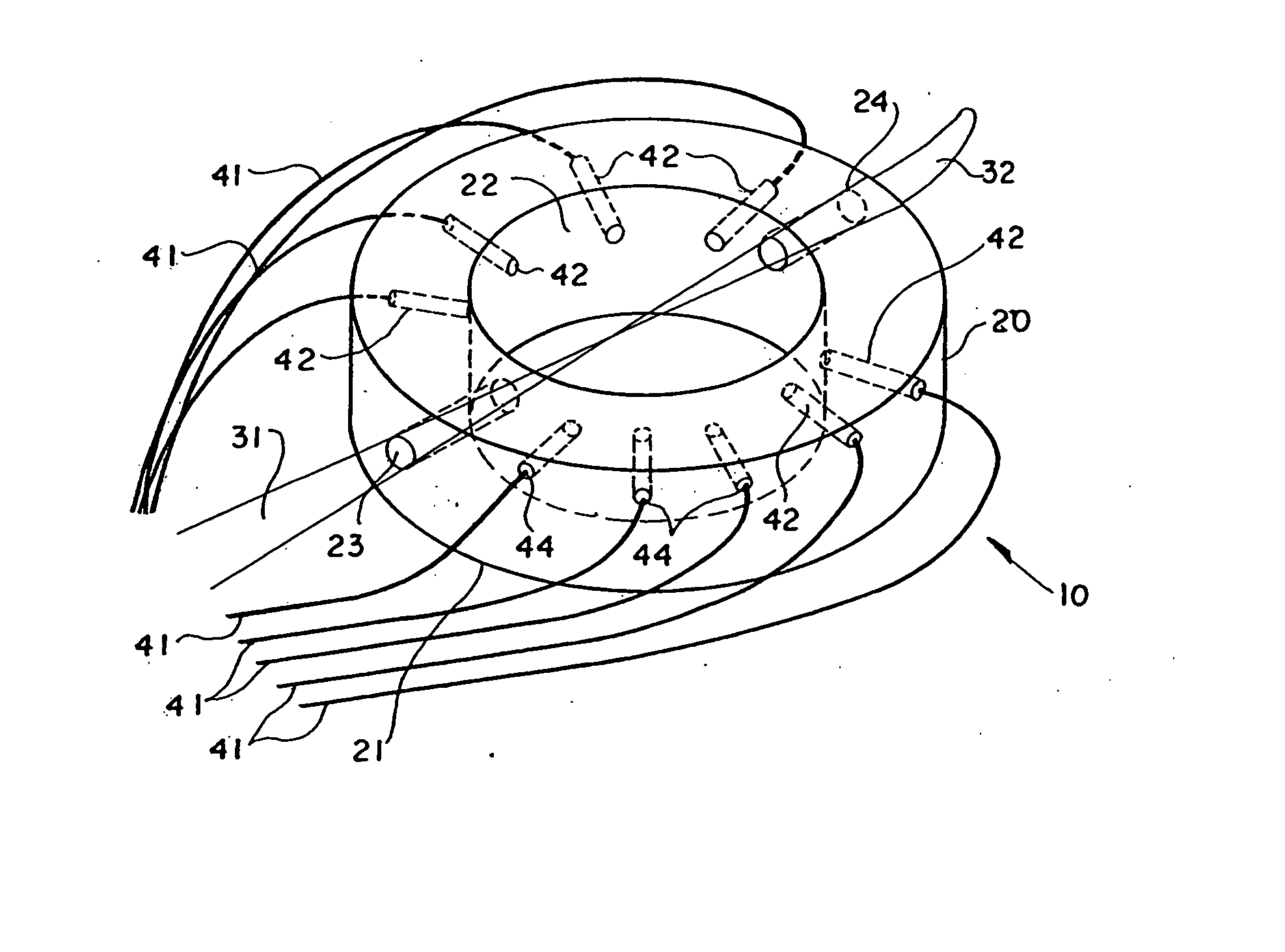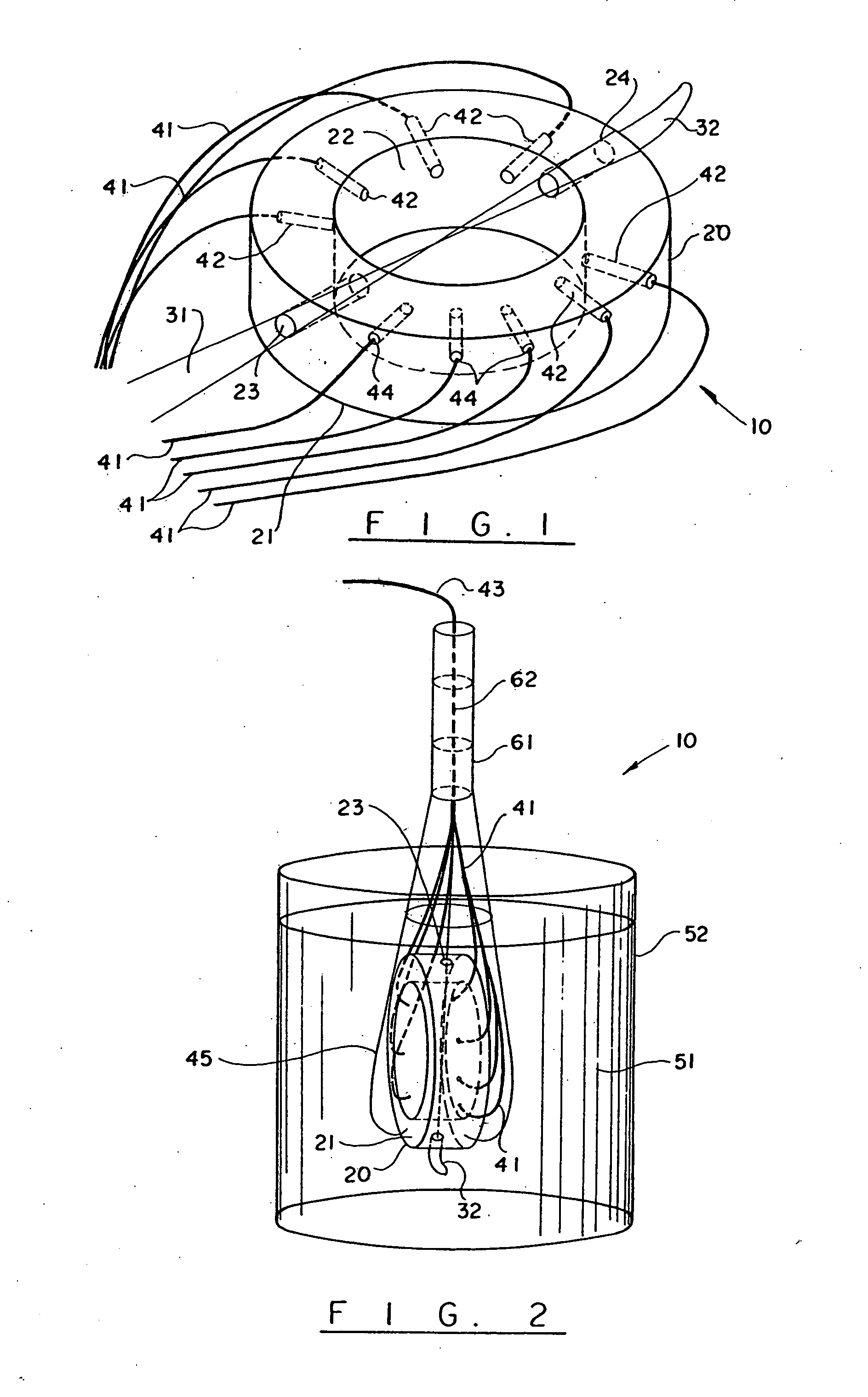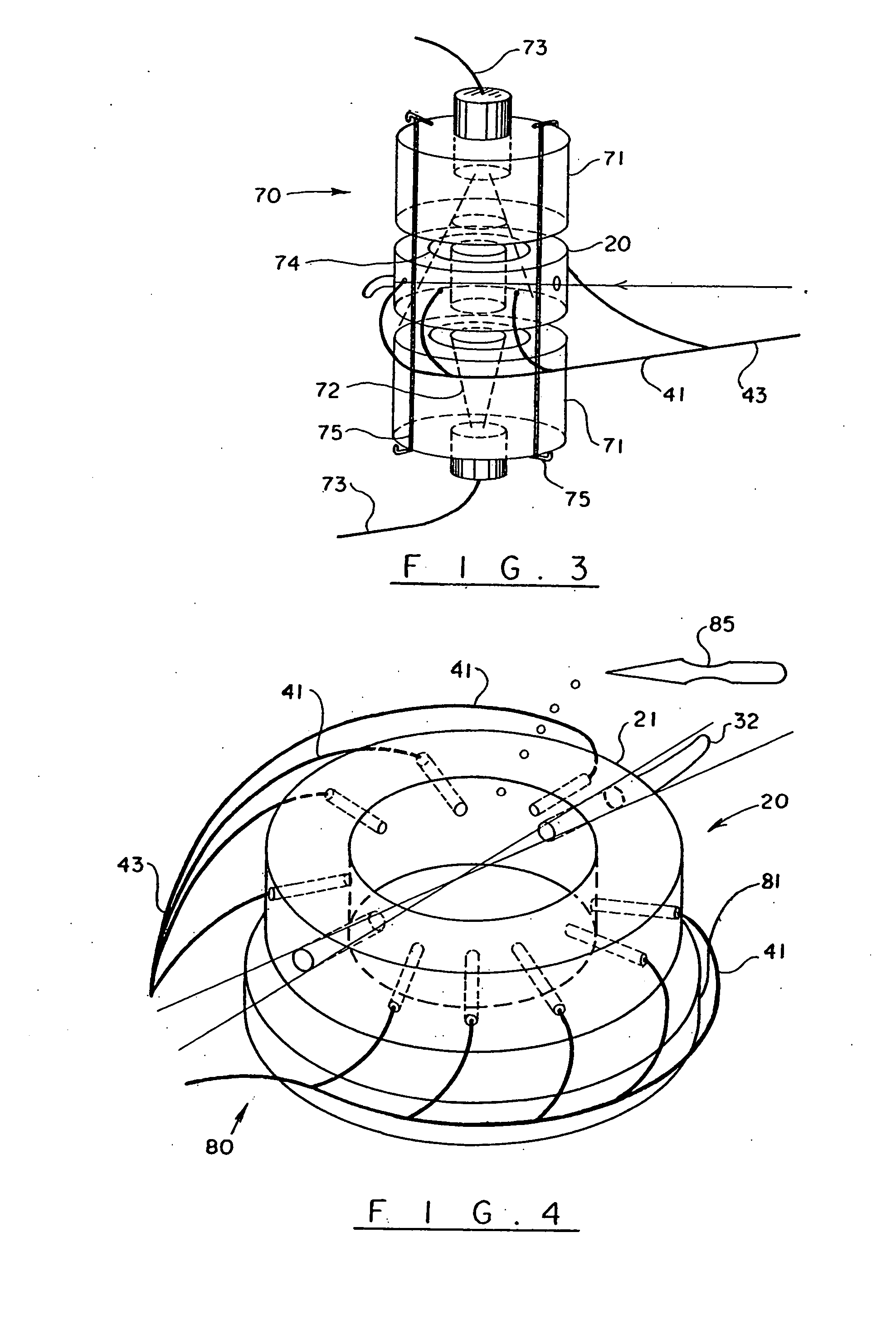Automatic sampling and dilution apparatus for use in a polymer analysis system
a polymer analysis and automatic sampling technology, applied in the field of absolute characterization of microscopic particles in solution, can solve the problems of long delay time in obtaining, insufficient continuous record of reaction, and inconvenient use, and achieve the effect of reducing the viscosity of the polymer
- Summary
- Abstract
- Description
- Claims
- Application Information
AI Technical Summary
Benefits of technology
Problems solved by technology
Method used
Image
Examples
specific embodiments
[0210] The device consists of the following elements: A pump for withdrawing liquid from the polymer vessel, a pump for withdrawing solvent from a solvent reservoir, a scheme for homogeneously mixing the reactor contents and the solvent, and a means of pumping the mixed solution to the detector train. Often times a secondary dilution stage will be used to achieve even higher levels of dilution than is feasible with a single stage.
[0211] Means of withdrawing the liquid from the reactor preferably include, but are not limited to, peristaltic, lobe, gear and screw pumps, and their variants, and certain specialty piston pumps (such as are commercially available from Fluid Metering, Inc. of Syosset, N.Y.). Means of pumping solvent include any of the above mentioned pumps, but also piston and other pumps suitable for pumping low viscosity liquids. Means for homogeneously mixing include micro-mixing ‘T’ type chambers, actively stirred microchambers, mixing chambers with static mixing elem...
PUM
| Property | Measurement | Unit |
|---|---|---|
| viscosity | aaaaa | aaaaa |
| size | aaaaa | aaaaa |
| size | aaaaa | aaaaa |
Abstract
Description
Claims
Application Information
 Login to View More
Login to View More - R&D
- Intellectual Property
- Life Sciences
- Materials
- Tech Scout
- Unparalleled Data Quality
- Higher Quality Content
- 60% Fewer Hallucinations
Browse by: Latest US Patents, China's latest patents, Technical Efficacy Thesaurus, Application Domain, Technology Topic, Popular Technical Reports.
© 2025 PatSnap. All rights reserved.Legal|Privacy policy|Modern Slavery Act Transparency Statement|Sitemap|About US| Contact US: help@patsnap.com



